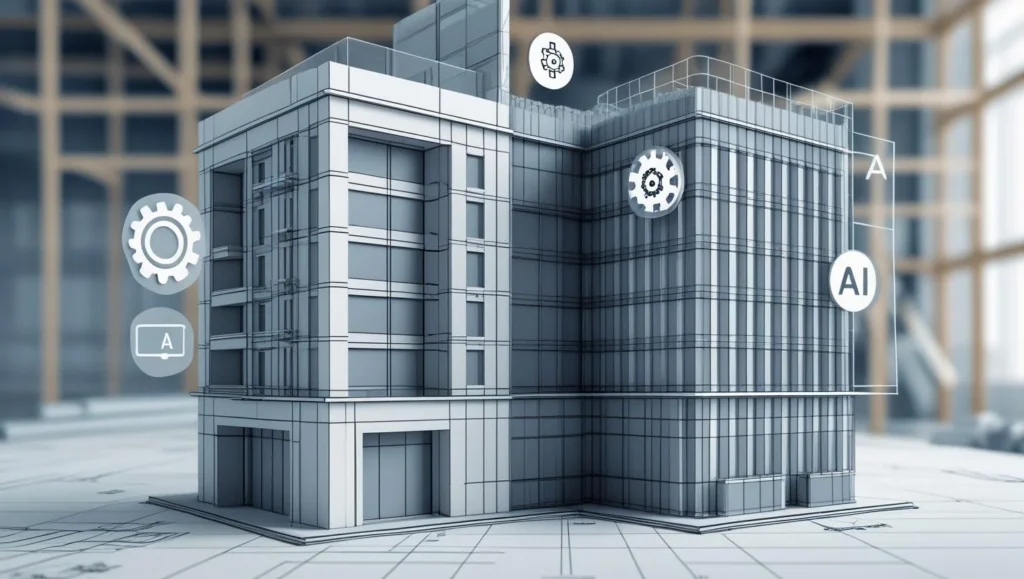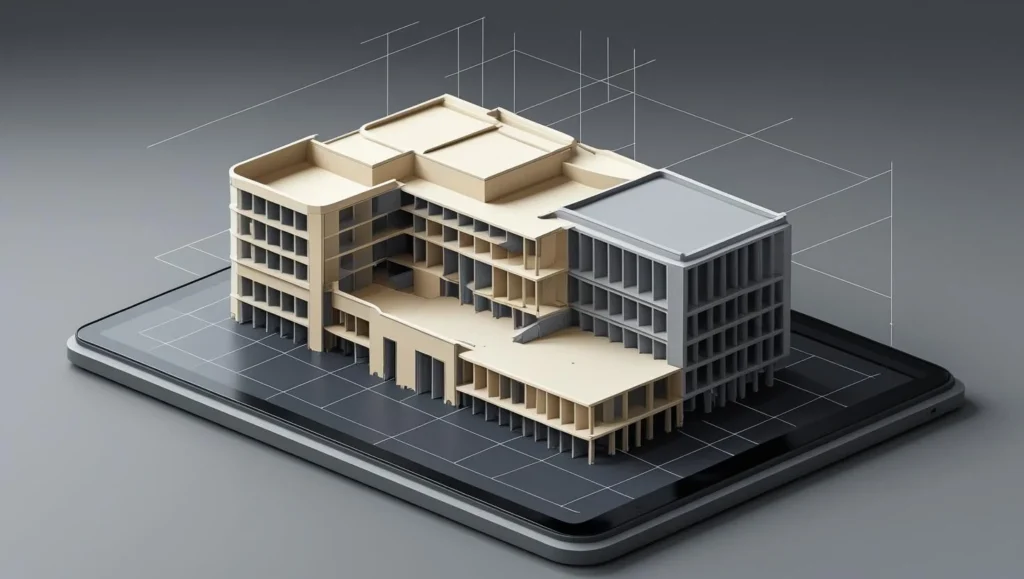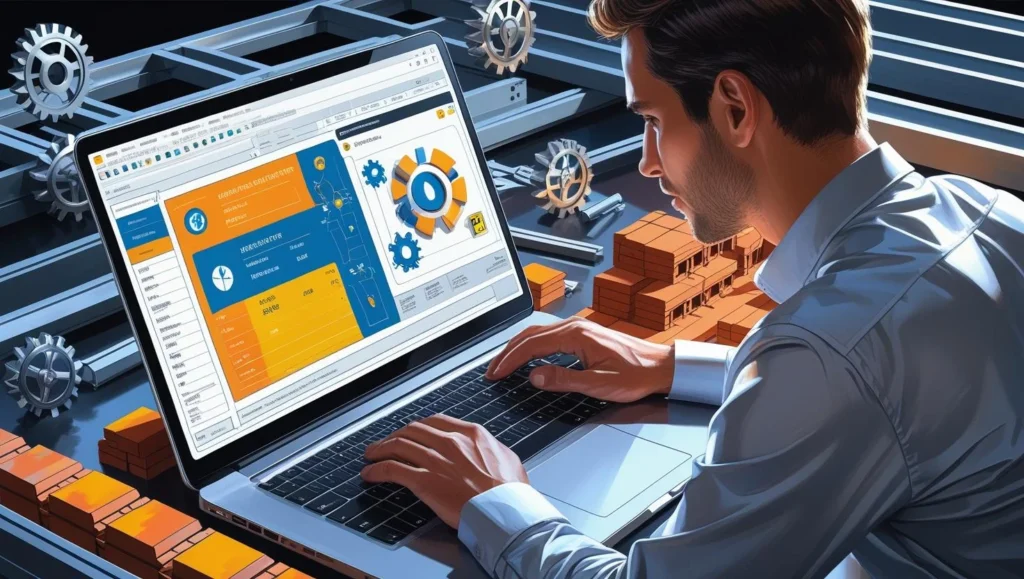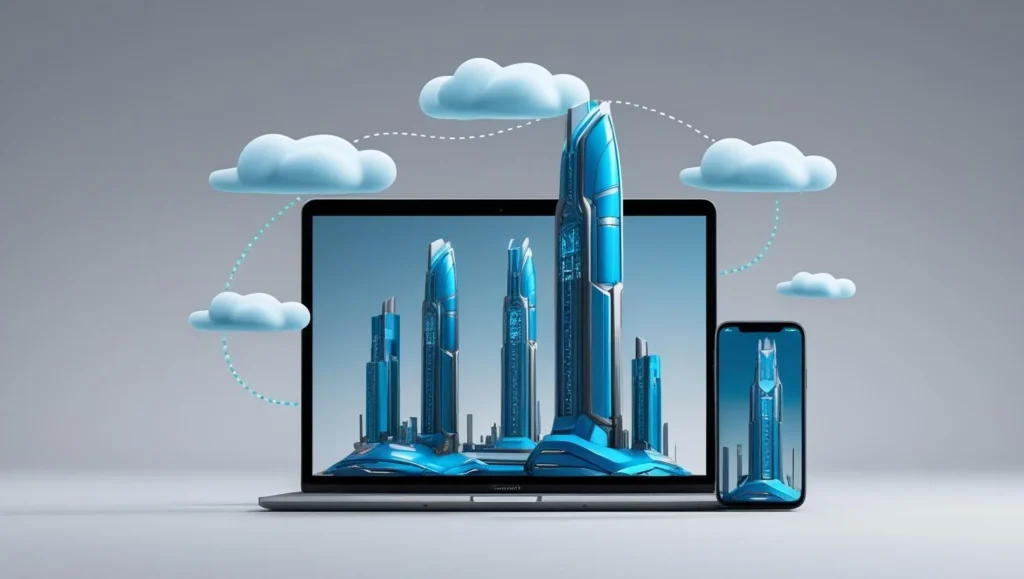What Is BIM in Construction?

Building Information Modeling, or BIM, is a detailed digital twin that shows how a building looks and works. On a shared model architects, engineers, and builders speak the same visual language.
Building Information Modeling, or BIM, is a detailed digital twin that shows how a building looks and works. On a shared model architects, engineers, and builders speak the same visual language.

How Does BIM Impact Cost Estimation?
Because the model is 3D and living, cost estimates draw on up-to-the-minute numbers. Estimators see every duct and beam, check quantities in moments, and cut the guesswork that hand take-offs invite. A clash-detection tool, for instance, flags overlap before the first steel is ordered, saving the team from expensive mid-job fixes.
BIM’s Challenges and Straightforward Fixes
Though impressive, Building Information Modeling can strain budgets and requires seasoned pros. Investing in solid training and choosing grow-with-you software makes the switch smoother.
Looking Ahead
By 2025 using BIM on almost every big job will feel routine. As more firms compete, subscription fees will drop and savings will trickle down to owners.
Also read: How Construction Estimating Software Can Make Your Life Easier?
AI-powered takeoff tools

AI is revolutionizing material and quantity takeoff processes by automating their calculation and increasing accuracy.
AI takesoff tools use digital data and collaboration systems to facilitate seamless communication among project stakeholders, which in turn leads to higher productivity, better coordination and a quicker, more accurate estimating process.
Kreo’s proprietary computer vision AI model quickly scans digital blueprints, automatically detecting and counting elements such as walls, doors and windows to generate accurate estimates in a fraction of the time. Furthermore, Kreo’s AI eliminates costly mistakes like overordering materials or underestimating quantities and reduces overall project costs, which explains why over 1000 estimators trust Kreo.
BIM and cloud collaboration

Cloud-based BIM collaboration platforms allow project teams to access the same models and design data regardless of where they are physically located, managing changes real-time while tracking changes effectively.
Blockchain-based models can help protect BIM provenance data. They use a decentralized ledger which is transparent, secure, and impervious to changes or hacking (Shakila and Sultana, 2021). Their implementation reduces risks such as unapproved modifications or hacking (Shakila & Sultana 2021).
Cloud-based BIM management prioritizes data security by encrypting sensitive information, offering flexible scalability and adaptability to accommodate project demands, as well as successfully being tested on an actual bridge project to ensure optimal performance and transparency while shortening timelines.
Supply chain volatility and inflation impact
Increased inflation combined with supply chain interruptions causes raw material prices to soar, often making it impossible for companies to turn a profit. Additional costs are then passed on to customers, decreasing demand.
With blockchain e-BIM, teams collaborate on one model while sharing real time data in an accessible yet secure and transparent platform – this transparency reduces misunderstandings and fosters increased coordination.
Blockchain offers an efficient verification process for BIM data provenance. Its consensus mechanism identifies a leader discipline and verifies their credentials before adding any of their credentials to the blockchain (Christidis and Devetsikiotis, 2016). This ensures only reliable information is distributed over the chain.
Labor market shortages
Labor shortages severely constrain firm productivity and threaten GDP growth. While artificial intelligence (AI) could potentially provide partial relief from labor shortages, a comprehensive policy agenda must also be created in order to maximize labor force participation, strategically increase immigration levels and remove obstacles to work and entrepreneurship.
Nationally, retirements are quickly outstripping labor force entrants. According to The Conference Board’s estimates, the United States needs an additional 4.6 million workers each year in order to maintain supply, demand, and population equilibrium. Business leaders, policymakers, labor unions, and allies must all take action; solutions include upskilling existing workforce members; training current students for AI enabled workplace environments; improving immigration policies that attract global talent – among other measures.
Agile/prefabrication methods Modifications
Integrating Blockchain with BIM provides a secure and transparent platform that enables teams to share information in real time without delay or duplication, thus decreasing rework while streamlining collaboration for more cost-effective projects.
Technology provides companies with tools to improve sustainability and prefabrication methods, helping reduce costs and construction timelines while also identifying risks and assuring compliance with regulatory standards.
Research has demonstrated that blockchain e-BIM significantly improves data security and integrity while streamlining workflows with smart contracts. Furthermore, it records provenance – an essential aspect of BIM that proves invaluable on complex, high-risk construction projects.
Sustainability and green cost modeling
Blockchain e-BIM provides transparency for project tracking, leading to optimal resource allocation, reduced waste production and overall improved project performance. Furthermore, its secure platform ensures fraud is prevented while costs are reduced as all parties involved can view and verify data at their leisure.
Celik et al. have developed a blockchain-based BIM data provenance model in order to facilitate information exchange. Their approach eliminates additional verification by attaching “blockchain proof” metadata tags with BIM metadata that includes object attributes and organization identifications.
Xue et al. [22] have developed a collaborative design framework (CMF) featuring Blockchain integration for design coordination within an access controlled network, safeguarding sensitive construction data from unauthorised access.
VR/AR for project visualization
Changes to a project are always possible – for example, unexpected site conditions; however, scope Construction industries are facing rapid technological transformations, making cost estimation a crucial aspect of successful project execution. New workflows and collaboration strategies must be established in order to ensure projects stay within their budget and timeline constraints.
Employing virtual and augmented reality (VR/AR) into BIM allows project teams to view models more transparently, thus decreasing miscommunication and improving coordination. Furthermore, this technology facilitates data sharing and increases productivity.
Integration of blockchain with BIM creates a shared data environment where model information can be verified against a set of standards, with no unauthorized access and full transparency guaranteed. This approach, commonly known as blockchain e-BIM, improves efficiency while simplifying compliance requirements. that add new requirements such as the addition of a rooftop bar can put further strain on the budget and timeline.
Blockchain for transparent material pricing
Construction projects entail an intricate web of data and information, which has a profound effect on project outcomes and cost estimation.
The research explores the integration of Blockchain technology with BIM workflows to enhance collaboration, improve process efficiency, and ensure resource traceability. This is demonstrated through the simulation of smart contract implementation based on the RIBA Plan of Work, tested using real data from an actual bridge highway construction project. The study applies smart contracts in a real-world BIM environment to evaluate their effectiveness in automating project milestones, managing resource allocation, and improving transparency across the construction lifecycle.
Blockchain e-BIM facilitates improved resource tracking and material optimization, reduce waste production and promote sustainability while bolstering security by preventing tampering and increasing transparency – leading to an efficient supply chain and decreasing overall project costs.